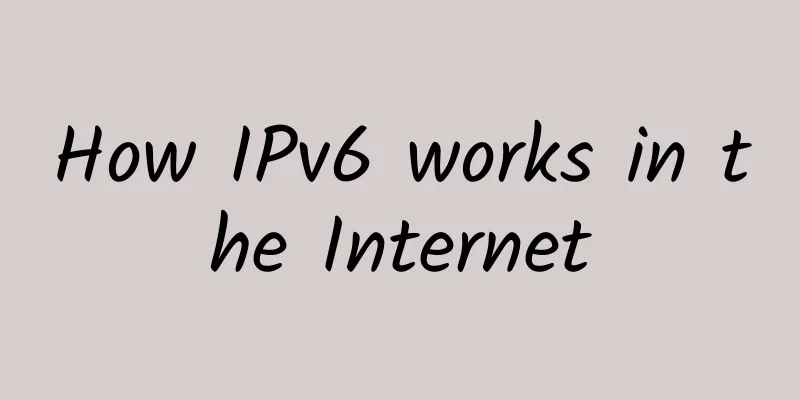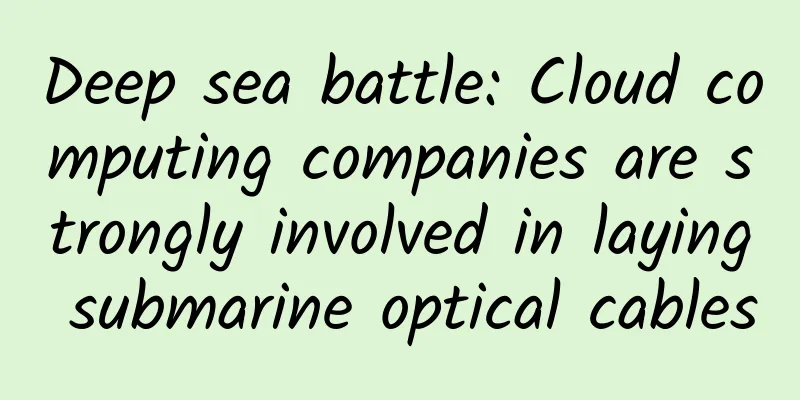Understanding Internet Protocol Security — IPSec

|
IPSec (Internet Protocol Security) is a security network protocol suite used to protect data transmitted over the Internet or public networks. The IETF developed the IPSec protocol in the mid-1990s to provide security at the IP layer through authentication and encryption of IP network packets. Introduction to IPSecIPSec can provide a secure channel for devices at both ends of the communication, such as between two routers to create a point-to-point VPN, and between a firewall and a Windows host for remote access VPN. IPSec can achieve the following four functions:
IPSec is not a protocol, but a set of protocols. The following constitute the IPSec suite: AH ProtocolAH (Authentication Header) refers to a message authentication code that ensures that the data packet comes from a trusted sender and that the data has not been tampered with, just like the takeaway seal in daily life. Before sending, the sender will use an encryption key to calculate AH, and the receiver will verify it with the same or another key. However, AH does not encrypt the protected datagram and cannot hide the data from attackers. ESP ProtocolESP (Encapsulating Security Payload) adds its own header and trailer to the data packet that needs to be kept confidential, and then encapsulates it into a new IP packet after encryption is completed. ESP also adds a sequence number to the datagram header so that the receiving host can be sure that it has not received duplicate data packets. SA ProtocolSecurity Association (SA) refers to some protocols used to negotiate encryption keys and algorithms, and provide the parameters required for AH and ESP operations. One of the most common SA protocols is Internet Key Exchange (IKE), which negotiates the encryption keys and algorithms to be used during the session. How does IPSec work?The way IPSec works involves five key steps, as follows:
IPSec ModeIPSec has two different modes of operation: tunnel mode and transport mode. The difference between the two is how IPSec handles the packet header. In tunnel mode, the entire IP packet (including the IP header and payload) is encrypted and authenticated, and a new header is appended, as shown in the following figure. Typically, tunnel mode is used for communication between two security gateways. Tunnel Mode In transport mode, IPSec encrypts (or authenticates) only the payload of a packet, but more or less preserves the existing datagram header data. Typically, transport mode is used for communication between two hosts, or between a host and a security gateway. The differences between IPSec transport mode and tunnel mode are:
How is IPSec used in VPN?VPN is essentially a private network implemented on a public network. VPN is often used in enterprises to enable employees to remotely access their company network. According to the VPN protocol classification, common VPN types include: IPSec, SSL, GRE, PPTP and L2TP. Among them, IPSec is a VPN technology with strong versatility and is suitable for a variety of network access scenarios. IPSec is often used to protect the security of VPN. VPN creates a private network between the user's computer and the VPN server, and the IPSec protocol implements a secure network to protect VPN data from external access. IPSec VPN can establish a secure tunnel connection between hosts, between hosts and network security gateways, or between network security gateways (such as routers and firewalls). Its protocol mainly works at the IP layer, encrypting and verifying data packets at the IP layer. There are two IPSec modes to set up VPN: tunnel mode and transport mode. IPSec VPN vs SSL VPNSSL VPN is a lightweight VPN technology that uses the SSL/TLS protocol to achieve remote access, including server authentication, client authentication, data integrity on the SSL link, and data confidentiality on the SSL link. SSL VPN provides a secure, proxyable connection, and only authenticated users can access resources. SSL VPN can segment encrypted tunnels, allowing end users to access the Internet and internal corporate network resources at the same time, which means it has controllable functions. Both IPSec VPN and SSL VPN can achieve enterprise-level secure remote access, but they provide it in different ways. IPSec works at the network layer, that is, encapsulating the original data packet network layer and above; SSL VPN works at the transport layer, encapsulating application information. The specific differences between IPSec and SSL: Since its official promulgation in 1998, IPSec has gone through more than 20 years of development. Its original design was to establish a universal security mechanism at the network layer to protect the security of all IP network communications. Compared with security protocols at the transport layer and application layer, IPSec can provide more extensive and universal security protection. Because it is located at the network layer, IPSec is transparent to the upper layer protocols and can be used without modifying the upper layer protocols. However, IPSec also has certain limitations. In some cases, it cannot perform direct end-to-end communication (i.e., transmission mode). In addition, IPSec configuration is more complex and has higher requirements than other VPN protocols. |
Recommend
10 Ways to Use AI for Web Design
【51CTO.com Quick Translation】 Web design is const...
WonderShaper: Network card speed limit tool
1. What is WonderShaper WonderShaper is a tool fo...
How Apple's iCloud Private Relay powers enterprise VPNs
Apple's iCloud Private Relay service offers p...
IPv6 is finally going to replace IPv4, are you ready?
What to do on the weekend? The weather is so cold...
Huawei releases MetaAAU, reducing energy consumption by 30% and improving performance and energy saving
On September 27, at the China (Beijing) Internati...
What does “IPv6” have to do with us ordinary people?
What is IPv6? Why did it attract widespread atten...
Five-minute technical talk | Understand how computers send and receive information in one article
Part 01 Physical Layer If a computer wants to tra...
5G commercialization puts forward clear steps for the transformation of next-generation networks
Have you ever encountered occasional slow Interne...
How should we view 6G?
[[274234]] Recently, Canadian media reported that...
10gbiz: Los Angeles CN2/Hong Kong CIA data center VPS monthly payment starts from $2.75
10gbiz has launched a promotion this month, offer...
WiFi 7 for ubiquitous access
It is now common to use mobile communication netw...
How AI and 5G will drive the next wave of innovation
[[427625]] AI is expected to transform every indu...
What is Wi-Fi 6, and how does it help expand broadband access?
The coronavirus pandemic has exacerbated the digi...
Huawei's Yu Chengdong: This is a truly global mobile Internet cloud service
Normal 0 7.8 磅 0 2 false false false EN-US ZH-CN ...
The New Year season is coming and the hidden power of routers is unlocked
Wireless routers have entered thousands of househ...









